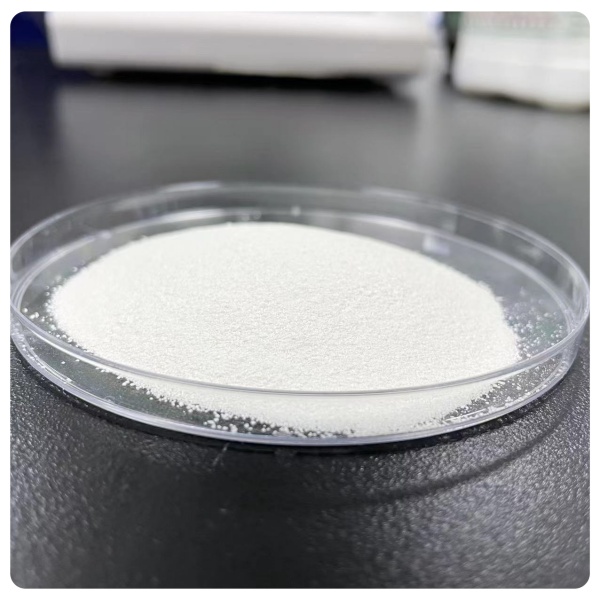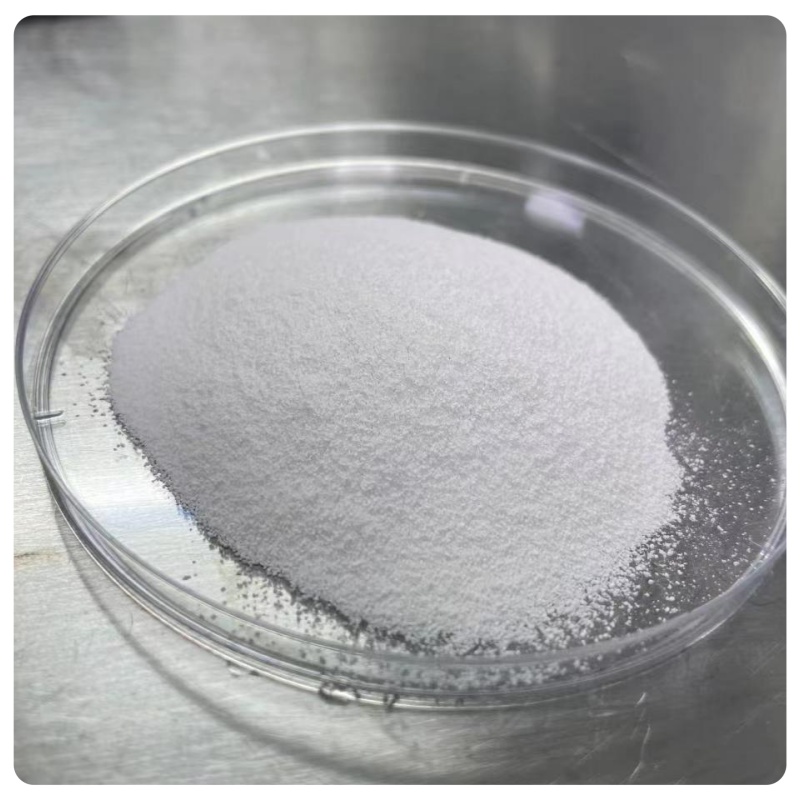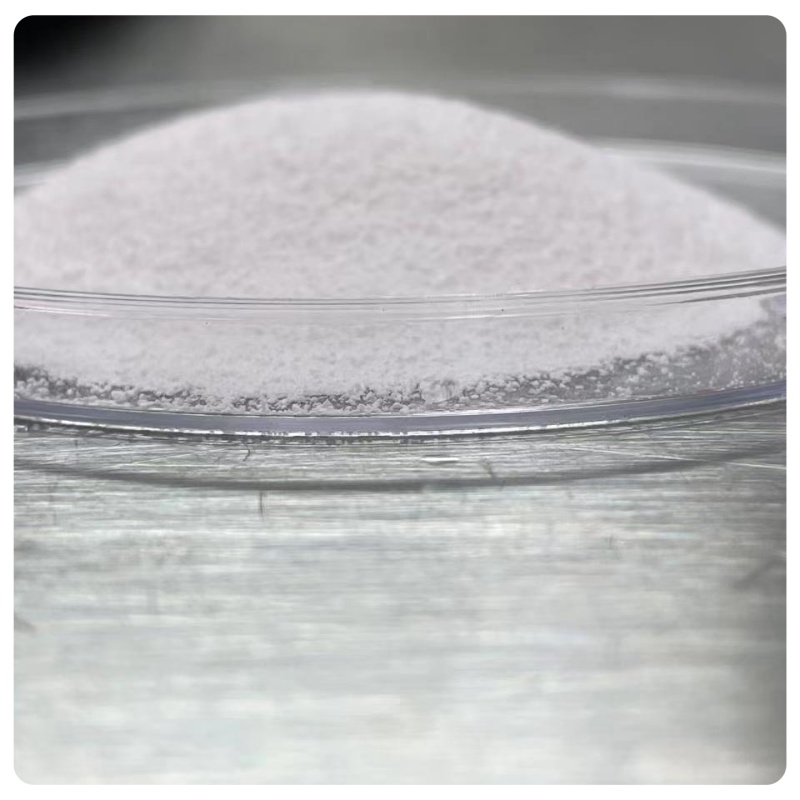PLA Poly (L-Lactic Acid) Microspheres Degradable Material Medical Beauty Grade Happy Online Consultation
- PLA raw materials, PLA production, PLA manufacturers, PLA medical grade, PLA medical beauty grade
- 咨询热线:029-89152040
-
产品详情
PLA Poly (L-Lactic Acid) Microspheres Degradable Material Medical Beauty Grade Happy Online Consultation
Detailed explanation of Plla theory
The origin of PLLA (Poly-L-lactic Acid)
PLLA (Poly-L-lactic Acid) is an important biodegradable polymer material, characterized by non toxicity, non irritation, biodegradability, high strength, good plasticity, and easy processing and shaping.
The degradation cycle is 2-12 months. The degradation cycle can also be changed according to the different modifiers added. PLLA undergoes enzymatic decomposition in living organisms, ultimately forming carbon dioxide and water, and has good biocompatibility.

The use of PLLA (Poly-L-lactic Acid)
PLLA (Poly-L-lactic Acid) was first synthesized by French chemists in 1954 and has been used in the medical field for nearly 40 years. It is mainly used for surgical sutures, dentistry, ophthalmology, pharmaceutical controlled release systems, fillers for bone and soft tissue defects, and bioabsorbable scaffolds.
In 1999, PLLA (Poly-L-lactic Acid) was applied for soft tissue filling in Europe.
In 2009, the FDA approved PLLA (Poly-L-lactic Acid) for facial medical beauty in the general population.
As a beauty injection product, it has been certified by the US Food and Drug Administration (FDA) and has become one of the few biodegradable medical materials approved by the FDA.
In 2010, PLLA (Poly-L-lactic Acid) was approved for use in medical aesthetics in Taiwan.
The principle of PLLA (Poly-L-lactic Acid)
PLLA (Poly-L-lactic Acid) has a certain degree of crystallinity and mostly appears as a particle injection powder. After mixing with water, injecting it into the deep dermis and subcutaneous tissue layer will produce an immediate filling effect. After a few days, when the water is absorbed by the body, it will temporarily return to the skin state before injection, and the remaining PLLA (poly-L-lactic acid) will begin to take effect.
PLLA (Poly-L-lactic Acid) gradually disintegrates and releases in skin tissue, stimulating fibroblasts, increasing the production of collagen and elastic fibers, repairing facial tissue structure, and finally gradually decomposing into lactic acid, carbon dioxide, and water, which are naturally absorbed by the human body.
The function of PLLA (poly (L-lactic acid))
PLLA (Poly-L-lactic Acid) is the main component of children's facial acupuncture, which can induce the synthesis of collagen fibers. It is the main component of the regenerative injection filler - children's beauty needle. Unlike hyaluronic acid static fillers, it can increase tissue volume and improve skin texture by inducing the synthesis of collagen fibers.
PLLA (Poly-L-lactic Acid) has excellent efficacy and safety, and is widely used in the medical field. From the perspective of effectiveness, injection through the dermis and subcutaneous layers can stimulate the growth of collagen and elastic fibers, effectively improving facial sagging, wrinkles and other problems.



